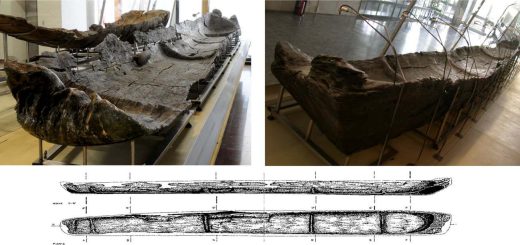AI can use tourist photos to help track Antarctica’s penguins
Scientists used AI to transform tourist photos into a 3D digital map of Antarctic penguin colonies – even as researchers debate whether to harness or discourage tourism in this remote region
By Jeremy Hsu
30 October 2024
Adélie penguins in Antarctica
Prof. Heather Lynch
Artificial intelligence can help accurately map and track penguin colonies in Antarctica by analysing tourist photos.
“Right now, everyone has a camera in their pocket, and so the sheer volume of data being collected around the world is incredible,” says Heather Lynch at Stony Brook University in New York.
Read more
Five climate megaprojects that might just save the world
Advertisement
Haoyu Wu at Stony Brook University and his colleagues, including Lynch, used an AI tool developed by Meta to highlight Adélie penguins in photographs taken by tourists or scientists on the ground. With guidance from a human expert, the AI tool was able to automatically identify and outline entire colonies in photos. This semi-automated method is much faster than doing everything manually because the AI tool takes just 5 to 10 seconds per image, compared with a person taking 1 to 2 minutes, says Wu.
The team also created a 3D digital model of the Antarctic landscape using satellite imagery and terrain elevation data. By identifying landscape details in the tourist pictures, the researchers could place the photographer, then the penguin colony, accurately within the 3D model.
This transformation of ground photos into a bird’s-eye view allows researchers to track how penguin colonies change in location and population size over time – which could prove especially helpful in remote regions of the world where aerial drone or aircraft surveys are done infrequently. Such tracking is important because Adélie penguins are considered a sentinel species, meaning shifts in their populations are an indicator of climate change. The AI-assisted technique can also harness historical imagery to track phenomena such as glacier changes that “occur very slowly and may only be evident by looking across decades of time”, says Lynch.


